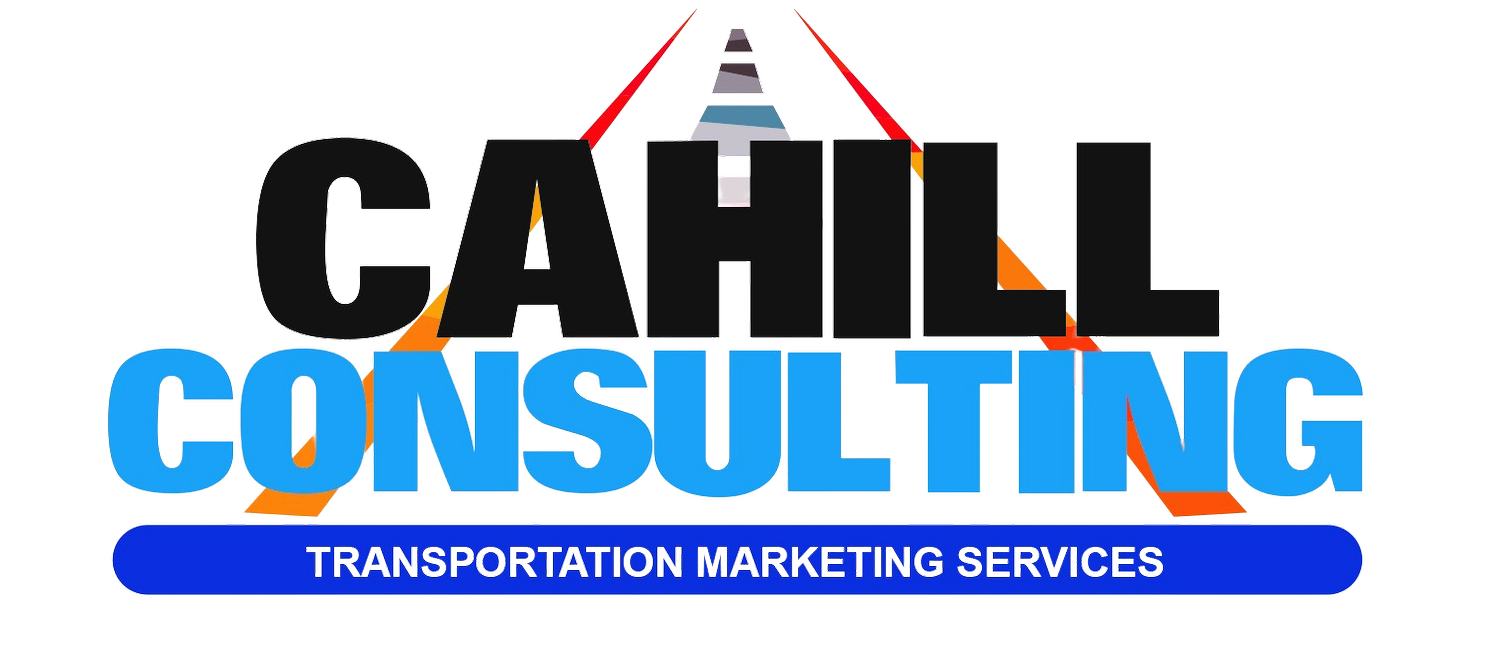From Rate Volatility to Automation: The Biggest Trends Facing Carriers
Carriers are the backbone of our industry but significantly under-served.
Explore the most pressing challenges and emerging trends shaping the marketplace today.
The freight industry is evolving and carriers are at the center of its transformation. As market conditions shift, costs rise, and technology advances, trucking companies must continuously adapt to stay competitive. Yet, despite their critical role in keeping goods moving, many carriers remain under-served in key areas like technology, financing, and operational support.
While shippers and brokers benefit from advanced digital platforms and streamlined logistics tools, small to mid-sized carriers often struggle with outdated systems, limited access to high-paying freight, and mounting expenses that eat into thin profit margins. Regulatory changes and compliance requirements add another layer of complexity, often putting an additional burden on carriers with minimal support. Without improved infrastructure, fairer freight rates, and carrier-focused innovation, the industry risks losing independent operators—those who are essential to keeping supply chains efficient and resilient.
The Biggest Carrier Challenges Today
1. Rate Volatility and Market Uncertainty
Freight rates continue to fluctuate due to economic uncertainty, supply chain disruptions, and shifting consumer demand. Carriers must remain flexible, using data analytics to forecast trends and optimize pricing strategies.
2. Rising Operational Costs
Fuel prices, insurance premiums, and maintenance expenses are steadily increasing, squeezing carrier profit margins. To counteract this, many companies are investing in fuel-efficient vehicles, optimizing routes, and negotiating better insurance policies.
3. Driver Shortages and Retention Struggles
The trucking industry continues to battle driver shortages, making retention a top priority. Carriers are enhancing driver pay and incentives, improving working conditions, and offering better benefits to attract and keep qualified drivers.
The trucking industry continues to battle driver shortages, making retention a top priority. Carriers are enhancing driver pay and incentives, improving working conditions, and offering better benefits to attract and keep qualified drivers.
4. Regulatory and Compliance Pressures
New government regulations—such as emissions standards, speed limiter mandates, and hours-of-service adjustments—create additional compliance burdens. Carriers must stay informed and implement policies to ensure full regulatory adherence.
Emerging Trends
1. Technology-Driven Optimization
Carriers are increasingly adopting route optimization, predictive maintenance, and telematics solutions to enhance efficiency and reduce costs. Digital freight platforms are also helping carriers streamline load-matching and contract negotiations.
2. Sustainability and Green Initiatives
With increasing pressure to reduce carbon footprints, more carriers are investing in alternative fuel vehicles, electric trucks, and eco-friendly logistics solutions. Shippers are also prioritizing partnerships with environmentally conscious carriers.
3. Increased Use of Automation and Autonomous Vehicles
Autonomous trucking is making significant strides, with pilot programs already underway. While full automation is still years away, semi-autonomous features are helping carriers improve safety and fuel efficiency.
4. Reshoring and Nearshoring Impacts on Freight Demand
As companies shift manufacturing closer to home, regional freight demand is rising. Carriers should adjust their networks to capitalize on shorter-haul routes and evolving supply chain structures. And, how will tariffs change this?
How Carriers Can Stay Competitive
To survive and even thrive in this changing freight landscape, carriers - small or large - must:
Leverage data and technology for smarter decision-making.
Implement cost-control strategies to maintain profitability.
Invest in driver recruitment and retention programs.
Stay ahead of regulatory changes to avoid compliance risks.
The freight market is full of both challenges and opportunities. By staying adaptable and forward-thinking, carriers can navigate today’s complexities and position themselves for long-term success.


